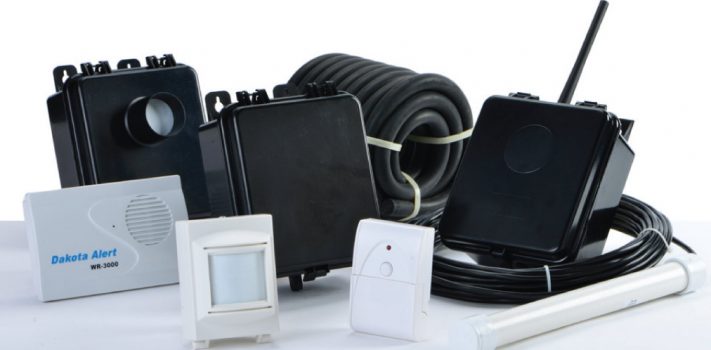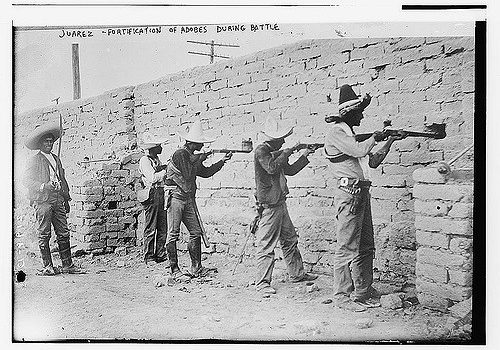Optimizing MURS Dakota Alert Sensors – Part 2, by Tunnel Rabbit
(Continued from Part 1. This installment concludes the article.) — MURS band Dakota Alert systems are very useful, but they often frustrate the user. Read up. It would be a huge loss if one could not operate their sensors correctly. And just like anything else, take one out of the Faraday cage and use it for awhile to gain experience with it. In a time of stress, getting a ‘false alarm’, could be nerve racking, when all hat it needs is batteries. In a pinch, but only in a pinch, would I connect directly to 12 VDC. With higher voltages …








